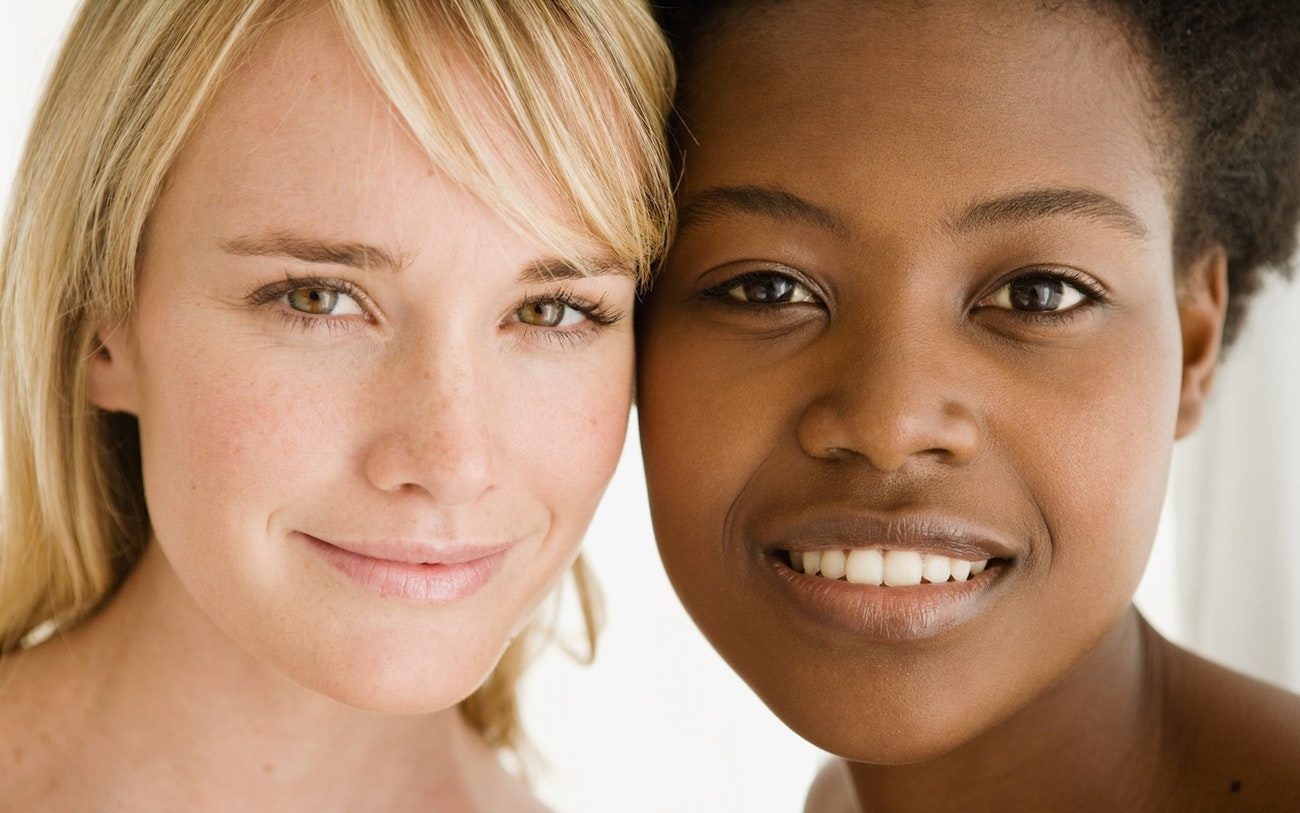
Intergroup bias is a well established psychological phenomenon that can result in stereotyping and discrimination, with real-world impacts ranging from the embarrassment of mixing two people up to the seriousness of selecting the wrong suspect from a police line-up.
But its cause is poorly understood. Brent Hughes, from the University of California, Riverside, and colleagues asked, "Are such mistakes based in errors of recollection and judgement, or do they emerge in the very way that we perceive members of other social groups?"
To test this, they took neural functional magnetic resonance imaging (fMRI) scans of 20 white people aged around 20 years while exposing them to a large set of ingroup (white) faces and outgroup (black) faces that changed gradually in similarity from identical to different.
In the visual system, neurons become less active as they adapt to a stimulus after repeated exposure. Therefore, the researchers investigated whether neural activity in the visual cortex increased when participants were shown faces with different features.
They found that even the smallest change in the identity of white faces switched neurons on, indicating the new face was perceived as different. Black faces, however, elicited a much slower release from neural adaptation, revealing a higher threshold for detecting differences.
A series of behavioural experiments confirmed that participants were less sensitive to changes in the identity of black than white faces.
"Here, we show that race biases extend as far down as our sensory processes, such that what our senses pick up isn't necessarily a perfectly accurate representation of the world around us," says Hughes.
"If we quite literally 'see' other race individuals as more similar to each other, this may serve as an early mechanism of stereotyping," for instance generalising negative experiences to a person if we see them as being an interchangeable part of a broad demographic group.
"In this sense," he adds, "processes that happen very early in the processing stream can catapult forward and have cascading effects on downstream beliefs and behaviours."
It must be noted that these perceptions vary between people and are not fixed.
"Individuals should not be let off the hook for their prejudicial attitudes just because we see evidence of biases in visual perception," Hughes says.
"To the contrary, these race biases in perception are malleable and subject to individual motivations and goals, and as such are subject to change."
To see how outgroup biases can be overcome, the researchers are now testing whether people can be motivated to individuate people from another race by sharing a mutual goal or some aspect of their identity, for instance by going to the same university or cheering for the same football club.
The study is published in the journal Proceedings of the National Academy of Sciences.



Reader Comments
[Link]
Please share this far and wide while it is still possible to do so - thanks!